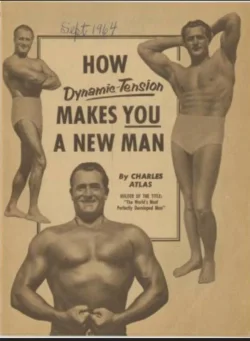Tigerwarrior
Black Belt
So I know some styles of kung fu use this method alot. And others not so much. I've recently started doing it. These are not for building beach muscles but more about internal strength and striking power. Some even say they increase your chi. Has anyone on here ever done dynamic tension in your training? It's pretty easy to incorporate it in your workout. If you have a heavy bag or a bob dummy or even just pick a target could be anything, throw your punch but stop it 6 inches before contact. Don't hit the target stop it 6 inches before contact. That's the beginner method and what I'm doing. I've heard masters train this stuff for years and get to the point when drilling techniques they can stop a half an inch or an inch before their target when working out. Some karate katas feature this type of training too but in a little bit different way.

